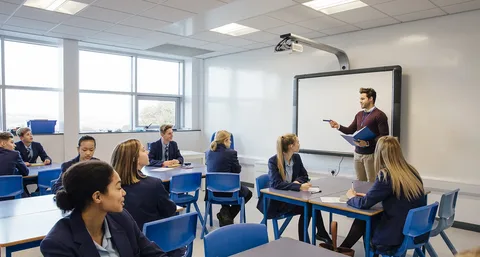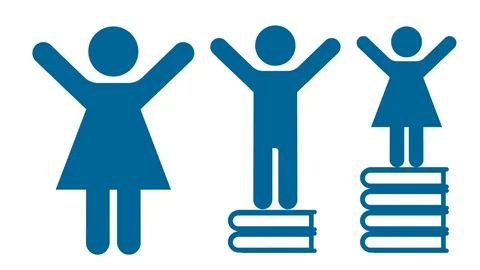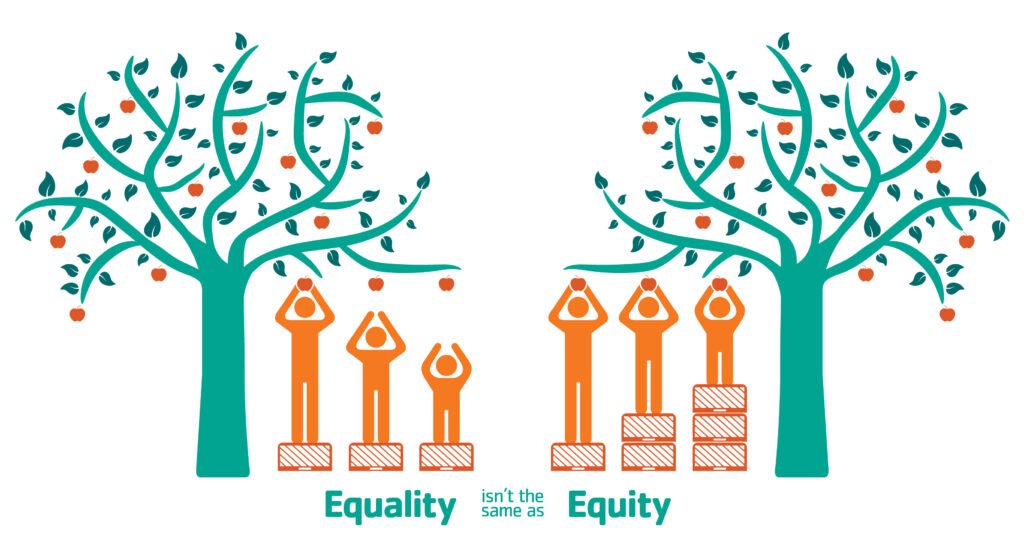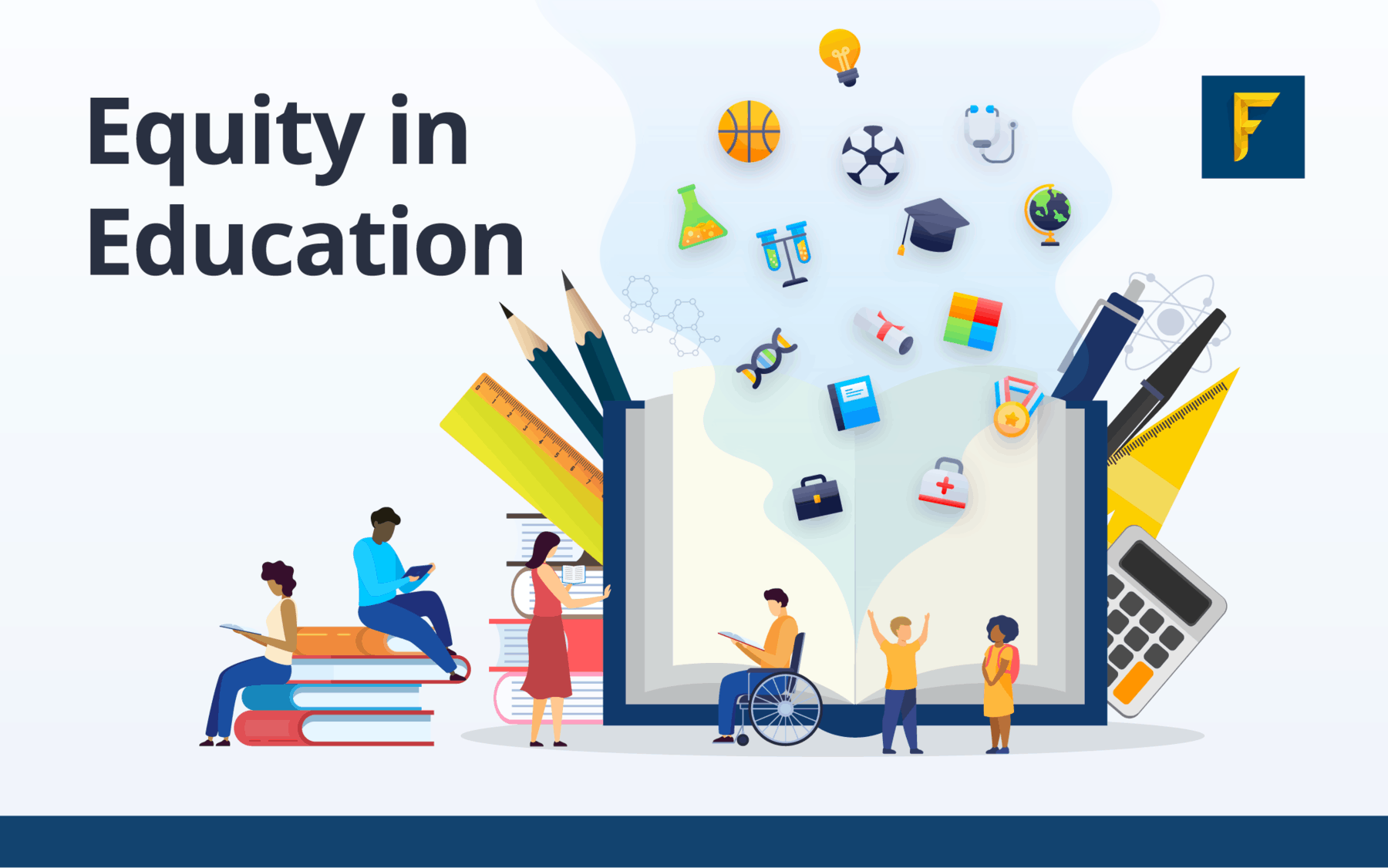Educational Equity Equality in education, or educational equality, is the idea that all students, regardless of their circumstances or background, should have equal access to the opportunities, resources, and supports necessary for them to achieve. Addressing systemic impediments, such as those resulting from socioeconomic position, racism, gender, and disability, that may impact marginalized groups is necessary to achieve this.

Access to Resources
guaranteeing that every student has access to top-notch instructors, equipment, resources, and extracurricular activities.
Supportive Learning Environments
establishing inclusive, secure learning environments where all students experience support and worth.
Culturally Relevant Curriculum
Including a range of viewpoints and experiences in the curriculum to represent the backgrounds of all pupils.

Tailored Support
provide extra help and interventions, such tutoring or mentorship programs, to students who might be having difficulties.
Cultural Relevance
Including culturally sensitive instruction and a range of viewpoints in the curriculum to interest every learner. promoting fair financing and laws that deal with structural injustices in the educational system.

Socioeconomic Status
Lower-class students frequently encounter obstacles that limit their access to higher education.
Racial and Ethnic Disparities
Students from minority groups may face institutional barriers and prejudices that impede their ability to learn.

Data-Driven Approaches
gathering and examining information on resource availability and academic achievement in order to spot and resolve disparities.
Conclusion
To sum up, educational equity is essential to creating a just and inclusive classroom where each student can realize their greatest potential. Disparities in support, opportunity, and access can be addressed to build a system that celebrates diversity and takes into account each learner’s particular needs. Educators, legislators, and communities must remain committed to implementing inclusive practices, advocating for equal resources, and engaging in continual improvement if they are to achieve educational equity. Ensuring educational equity ultimately empowers a varied range of voices and abilities, strengthening society as a whole in addition to benefiting individual pupils.
FAQs
Are there successful examples of educational equity initiatives?
Sure, a lot of districts and organizations have successfully established programs that emphasize community engagement, equitable funding, and customized support for students who are considered to be at-risk, which has resulted in better outcomes.
How can I learn more about educational equity?
You can interact with neighborhood advocacy groups that support educational equity, read pertinent literature, attend webinars or workshops, and look through resources from educational organizations.
What impact does educational equity have on society?
A workforce that is more educated and skilled, fewer social injustices, and a community that is stronger and more cohesive are all resulting from achieving educational parity. In the end, it helps everyone since it encourages perseverance and innovation.
Why is educational equity important?
Fairness in education is essential to building a just society. It encourages diversity, helps bridge achievement disparities, and gives all students the tools they need to make significant contributions to their communities.
What is educational equity?
Equal educational opportunities and resources for all pupils, irrespective of their circumstances or background, are guaranteed by educational equity. Rather than consistency, it focuses on fairness.



